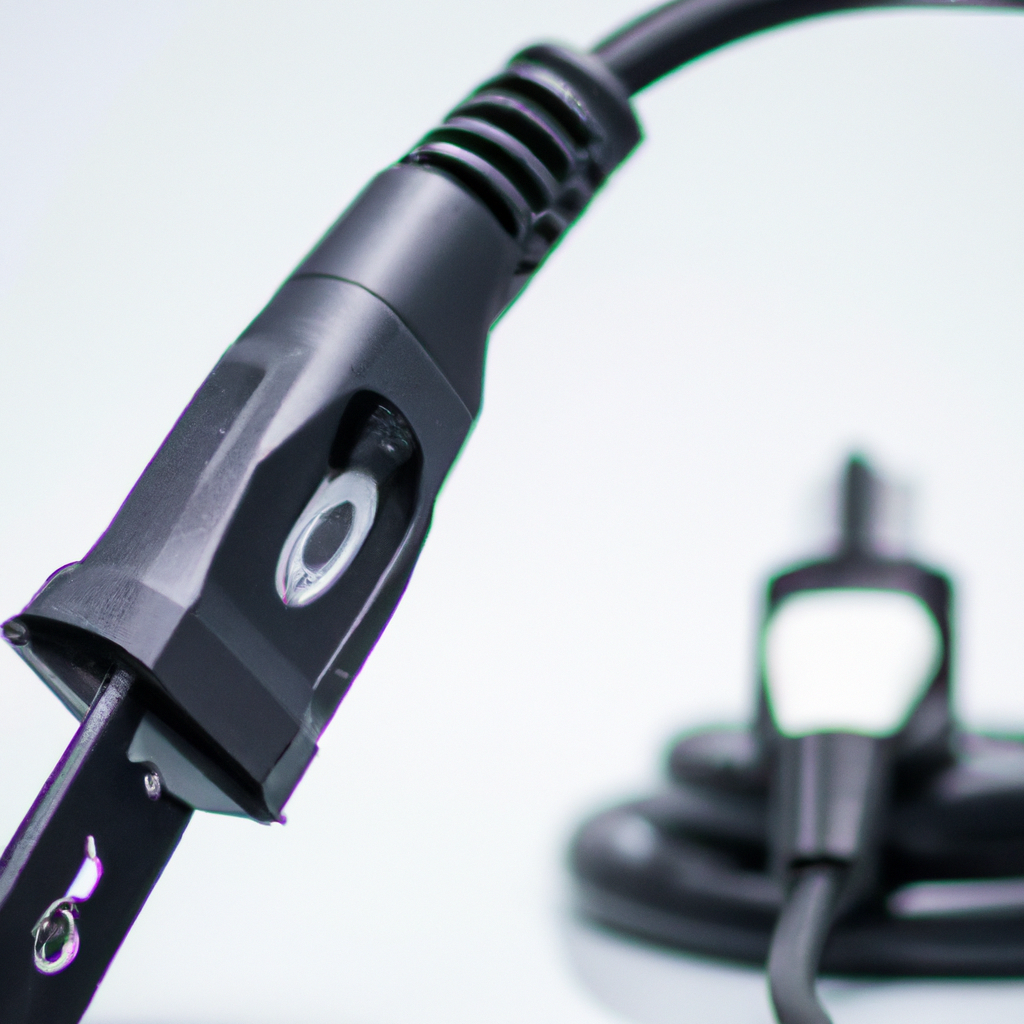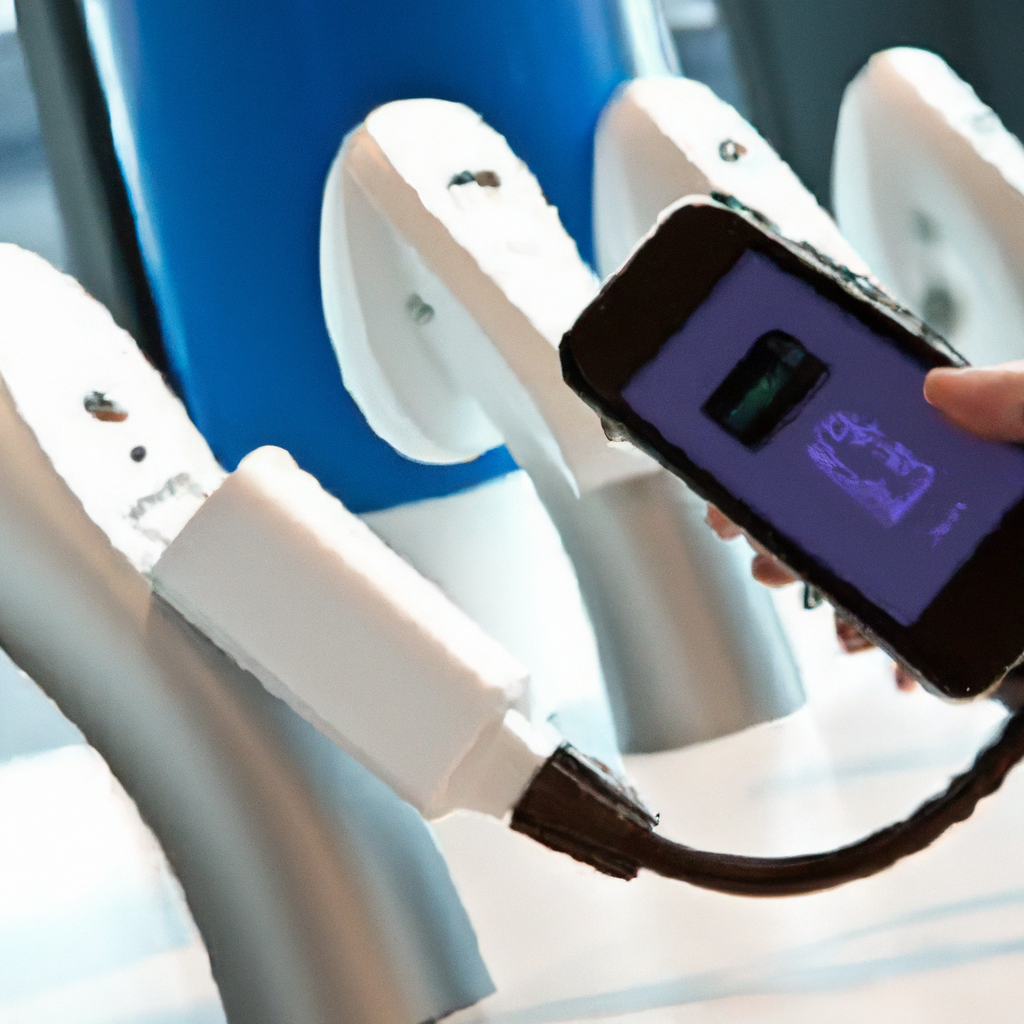What Are The Safety Measures For EV Charger Installations In Public Parking Lots In Malaysia?
October 25, 2023 | by Jacob Kang
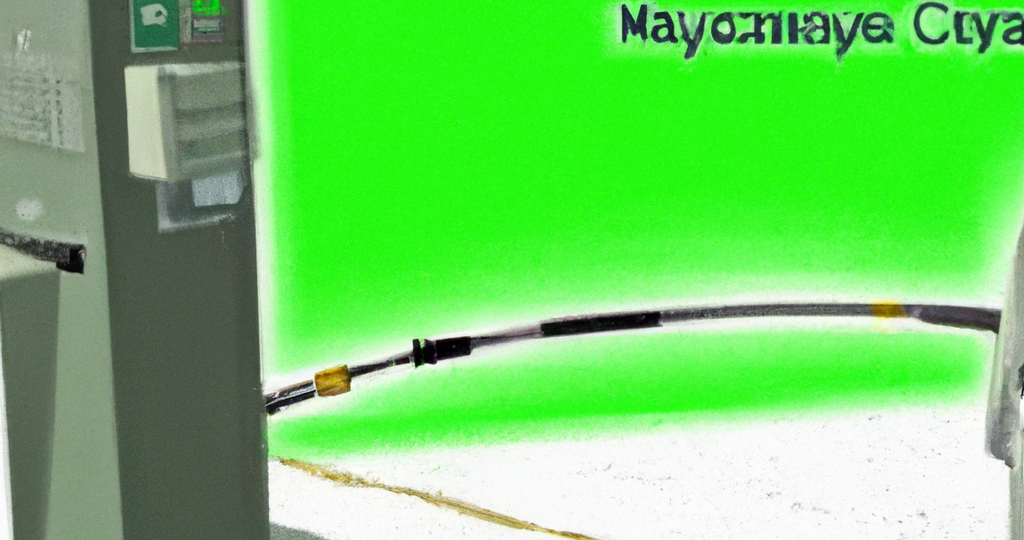
Looking to charge your electric vehicle (EV) in public parking lots in Malaysia? It’s important to understand the safety measures for EV charger installations to ensure a smooth and secure charging experience. In this article, we will explore the safety precautions necessary to protect both users and the charging infrastructure. From proper installation guidelines to maintenance checks, we’ll cover everything you need to know to stay safe while charging your EV in public parking lots. So, let’s dive into the world of EV charger safety and ensure a worry-free charging experience for all EV owners in Malaysia!
Safety Measures for EV Charger Installations in Public Parking Lots in Malaysia
As the popularity of electric vehicles (EVs) continues to grow, it is essential to prioritize safety measures in every aspect of their usage, including EV charger installations in public parking lots. Implementing appropriate safety measures not only ensures the well-being of EV users but also prevents potential hazards, promotes confidence in EV charging, and helps meet legal and regulatory requirements. In Malaysia, several guidelines and regulations have been put in place to ensure the safety of EV charger installations.

Importance of Safety Measures
Ensuring User Safety
The primary focus of safety measures for EV charger installations is to ensure the safety of users. EV chargers utilize high-voltage electrical systems, and any faults or malfunctions can pose serious risks to individuals. By implementing proper safety measures, such as adhering to regulations and guidelines, conducting electrical system inspections, and selecting reliable chargers, the risk of accidents can be significantly reduced, ensuring the well-being of EV users.
Preventing Potential Hazards
One of the key reasons for implementing safety measures is to prevent potential hazards. EV charger installations involve complex electrical systems that require careful planning and installation. Failure to follow safety guidelines and regulations can result in electrical faults, fires, or other dangerous situations. By implementing appropriate safety measures, potential hazards can be mitigated, creating a safer environment for EV users and the surrounding area.
Promoting Confidence in EV Charging
Public perception plays a crucial role in the widespread adoption of EVs and their charging infrastructure. Implementing robust safety measures in EV charger installations helps promote confidence in EV charging among users. When users feel confident that the charging infrastructure is safe and reliable, they are more likely to embrace EV technology and utilize public parking lots for charging their vehicles.
Meeting Legal and Regulatory Requirements
Safety measures for EV charger installations are not only important from a user perspective but also for meeting legal and regulatory requirements. In Malaysia, there are specific regulations and guidelines that govern the installation of EV chargers in public parking lots. Compliance with these regulations ensures that the installations are carried out in a safe and standardized manner, avoiding any legal implications.
Regulations and Guidelines
To ensure the safety of EV charger installations in public parking lots, various regulations and guidelines have been established in Malaysia. These regulations and guidelines serve as a framework for the planning, design, and installation of EV charging infrastructure. They include:
Malaysian Standard on EV Charging Infrastructure
The Malaysian Standard on EV Charging Infrastructure serves as a reference guide for EV charger installations. It provides guidelines on aspects such as charger types, electrical requirements, and safety considerations. Following this standard ensures that EV charger installations meet a certain level of safety and performance.
Building and Electrical Codes
Building and electrical codes also play a significant role in ensuring the safety of EV charger installations. These codes outline the minimum requirements for electrical systems and infrastructure, including the installation of EV chargers. Adhering to these codes is essential to ensure compliance and safe installation practices.
Local Authority Regulations
Local authorities in Malaysia have the power to regulate and enforce specific requirements for EV charger installations in public parking lots. This can include regulations related to the type of chargers, installation procedures, and safety measures. It is crucial to work closely with local authorities to ensure compliance with their regulations and obtain necessary permits for installation.
Safety Standards and Certifications
Following safety standards and certifications is vital to ensure the quality and safety of EV charger installations. These standards and certifications provide a benchmark for charger manufacturers, installers, and users. Examples of safety standards and certifications relevant to EV charger installations include the International Electrotechnical Commission (IEC) standards and the Malaysian Standards (MS).
Electrical System Inspection
Before installing EV chargers in public parking lots, a professional assessment of the existing electrical infrastructure is crucial. This inspection helps identify any potential issues or weaknesses that may impact the safety and efficiency of the charging system. Key aspects of electrical system inspection include:
Professional Assessment of Electrical Infrastructure
A qualified professional should conduct a thorough assessment of the electrical infrastructure in the parking lot. This assessment includes evaluating the capacity and load capacity of the existing electrical system to determine if it can support the additional demand from EV chargers.
Capacity and Load Analysis
Determining the capacity and load analysis is essential to ensure that the existing electrical system has sufficient capacity to handle the charging requirements of EVs. This analysis helps prevent overloading and potential electrical faults.
Ensuring Grounding and Earthing Systems
Grounding and earthing systems are critical for electrical safety. During the inspection, the grounding and earthing systems should be checked to ensure they are in compliance with regulations and functioning properly. Faulty grounding can lead to electrical shocks and other safety hazards.
Inspection of Conductors and Wiring
Inspecting conductors and wiring is crucial to identify any damage or wear that may compromise the safety and efficiency of the electrical system. Any damaged or faulty wiring should be repaired or replaced to prevent electrical hazards.
Testing Voltage and Current
Testing the voltage and current of the electrical system helps verify its stability and performance. This testing ensures that the system operates within the acceptable range and minimizes the risk of electrical faults or failures.
Charger Selection and Installation
Choosing the right chargers and ensuring their proper installation are key components of safety measures for EV charger installations in public parking lots. Considerations for charger selection and installation include:
Choosing Reliable and Certified Chargers
Selecting reliable and certified chargers is essential to ensure the safety and performance of the charging system. Certified chargers undergo rigorous testing to meet specific safety standards and performance requirements. Working with reputable manufacturers and suppliers ensures the quality of the chargers.
Suitability of Chargers for Parking Lot Environment
The chargers selected for installation should be suitable for the parking lot environment. Factors such as weather resistance, durability, and vandal resistance should be taken into account to ensure the long-term reliability and safety of the chargers.
Appropriate Charger Placement and Accessibility
Proper charger placement and accessibility are essential for user convenience and safety. Chargers should be strategically located within the parking lot, considering factors such as parking space layout, ease of access, and visibility. Adequate spacing between chargers and other structures should be maintained to prevent any potential hazards.
Proper Wiring and Circuit Installation
Ensuring proper wiring and circuit installation is vital to prevent electrical faults and hazards. Wiring should be done by qualified professionals following the relevant electrical codes and regulations. Using appropriate cable trays and conduits for routing wiring helps maintain a neat and organized installation.
Use of Surge Protection Devices
Surge protection devices should be installed to protect the charging system from voltage surges and transient disturbances. These devices help minimize the risk of damage to the chargers and electrical system caused by lightning strikes or power fluctuations.

Protective Measures for Users
Implementing protective measures for EV charger users is crucial for their safety and peace of mind. These measures include:
Safety Signage and Instructions
Clear and visible safety signage and instructions should be placed near EV chargers to inform users about safety precautions and guidelines. This helps users understand how to safely operate the chargers and what steps to take in case of an emergency.
Visible and Accessible Emergency Stop Buttons
Emergency stop buttons should be installed near EV chargers to provide users with a quick and easy way to stop the charging process in case of an emergency or fault. These buttons should be clearly marked and easily accessible to ensure user safety.
Protection against Electric Shock
Proper insulation and grounding of charging equipment should be implemented to prevent electric shocks. Charging stations should have safety mechanisms in place to detect any faults and shut down the charging process to protect users.
Clearance and Protection Zones
Clearance and protection zones around EV chargers should be established to prevent accidental damage or contact with the charging equipment. These zones should be clearly demarcated and free from any obstacles or obstructions.
Proper Cable Management and Anti-Theft Measures
Efficient cable management is essential to prevent tripping hazards and damage to cables. Cable management systems, such as cable trays or hooks, should be used to organize and secure cables. Anti-theft measures, such as locking mechanisms and tamper-resistant features, should also be implemented to deter theft or vandalism of the charging equipment.
Fire Safety Precautions
Fire safety is a critical aspect of EV charger installations in public parking lots. Implementing fire safety precautions ensures the safety of users and the surrounding area. Precautions include:
Fire-resistant Charger Enclosures
Chargers should be installed in fire-resistant enclosures to minimize the risk of fire spreading in case of a charger malfunction or fire incident. These enclosures should meet the necessary fire safety standards and provide sufficient protection.
Proper Ventilation and Heat Dissipation
Proper ventilation and heat dissipation should be considered during charger installation to prevent overheating and potential fire hazards. Adequate airflow should be maintained around chargers to dissipate heat effectively.
Fire Detection and Suppression Systems
Fire detection and suppression systems, such as smoke detectors and fire extinguishers, should be installed near EV chargers to detect and suppress fires promptly. These systems should be regularly inspected and maintained to ensure their effectiveness.
Emergency Power Cutoffs
Emergency power cutoffs should be installed to quickly and safely disconnect the power supply to the chargers in case of a fire or other emergency. These cutoffs help prevent further electrical hazards and protect users and responders.
Fire Safety Training and Drills
Proper fire safety training should be provided to personnel responsible for EV charger installations and maintenance. Regular fire drills and exercises should also be conducted to ensure that users and staff are prepared to respond effectively in case of a fire emergency.

Maintenance and Regular Inspections
Regular maintenance and inspections are essential to ensure the ongoing safety and performance of EV charger installations. Key aspects of maintenance and inspections include:
Scheduled Maintenance and Inspections
Scheduled maintenance and inspections should be carried out to identify and address any potential issues or wear and tear. This includes regular checks of charging equipment, electrical connections, and safety mechanisms. Any necessary repairs or replacements should be done promptly.
Proactive Equipment Upgrades
Technology and safety standards for EV chargers evolve over time. Regular equipment upgrades should be planned and implemented to ensure compliance with the latest safety requirements and improve the overall performance and reliability of the charging system.
Testing and Calibration of Charging Equipment
Periodic testing and calibration of charging equipment help verify their accuracy and safety. Testing voltage, current, and other parameters ensures that the chargers are operating within acceptable ranges and are safe for use.
Periodic Grounding and Leakage Current Checks
Grounding and leakage current checks should be conducted periodically to ensure the safety of the charging system. This includes assessing the effectiveness of grounding systems and monitoring leakage current to prevent electric shocks and potential hazards.
Regular Assessment of Cable Condition
The condition of cables should be regularly assessed to identify any signs of wear, damage, or degradation. Damaged cables should be promptly replaced to prevent electrical faults or hazards.
Emergency Response and Evacuation
Having a well-defined emergency response and evacuation plan is crucial for the safety of EV charger users and staff. Key aspects of emergency response and evacuation include:
Emergency Response Plans and Protocols
Clear emergency response plans and protocols should be established and communicated to all personnel involved in EV charger installations and maintenance. These plans should outline the necessary steps to be taken in case of various emergencies, including fire incidents, electrical faults, or user concerns.
Accessible Fire Extinguishers and First Aid Equipment
Fire extinguishers and first aid equipment should be easily accessible in close proximity to EV chargers. Adequate training on the use of fire extinguishers and first aid equipment should be provided to personnel to facilitate prompt response during emergencies.
Clear Evacuation Routes and Signage
Evacuation routes should be clearly marked and visible to help users and staff navigate to safety in case of an emergency. Signs indicating evacuation routes and assembly points should be prominently displayed.
Training Staff for Emergency Situations
Training staff members on emergency response procedures and protocols is essential to ensure their preparedness. Staff should be knowledgeable about appropriate actions to take in various emergency scenarios, including how to assist users and coordinate with emergency responders.
Coordinating with Local Authorities
Close coordination with local authorities is crucial during emergency situations. This includes promptly reporting any emergencies or incidents and following their guidance and instructions. Effective communication and collaboration are key to ensuring timely and appropriate responses to emergencies.
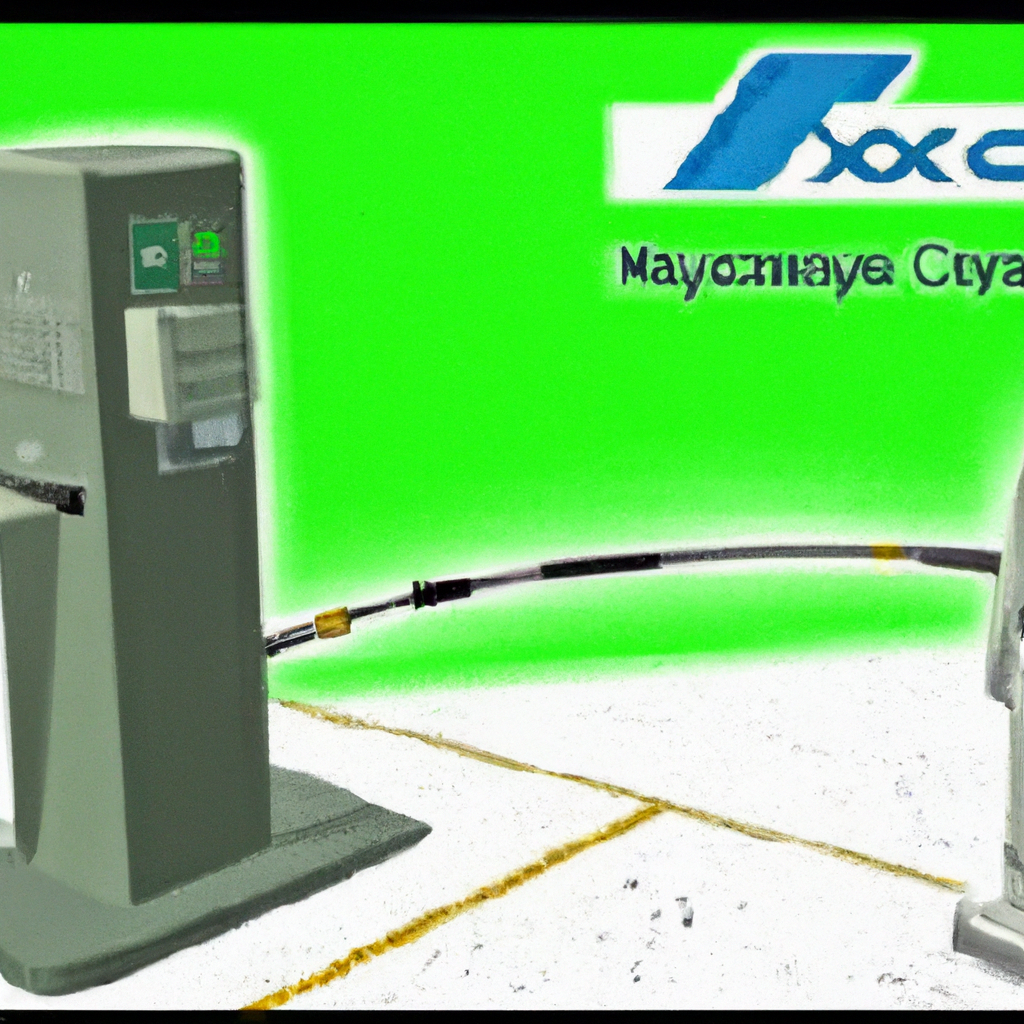
Training and Awareness Programs
Training and awareness programs play a vital role in promoting safety and educating users about EV charger installations. Key aspects of training and awareness programs include:
User Education on Safety Precautions
Users should be provided with comprehensive education and instructions on safety precautions to follow when using the EV chargers. This includes guidance on proper usage, emergency procedures, and potential hazards to be aware of. User-friendly instructional materials, such as brochures or online resources, can be utilized to disseminate this information.
Training for Installation and Maintenance Personnel
Personnel involved in EV charger installation and maintenance should receive thorough training on safety practices, installation procedures, and maintenance requirements. This training ensures that they have the necessary knowledge and skills to carry out their roles safely and effectively.
Public Awareness Campaigns
Public awareness campaigns can be conducted to educate the general public about EV charger installations and their associated safety measures. These campaigns can be carried out through various channels, such as social media, public announcements, or community events, to reach a wide audience and promote safety consciousness.
Collaboration with EV Manufacturers and Dealerships
Collaborating with EV manufacturers and dealerships can enhance training and awareness efforts. These stakeholders can provide valuable insights and resources to educate users about EV charger safety and promote responsible charging practices.
Monitoring and Reporting
Monitoring and reporting systems are essential for maintaining the ongoing safety and performance of EV charger installations. Key aspects of monitoring and reporting include:
Surveillance and Monitoring Systems
Surveillance cameras and monitoring systems should be installed to monitor the charging stations and identify any potential issues or safety concerns. These systems can provide real-time monitoring and alerts, helping ensure a prompt response to any incidents.
Remote Monitoring of Charging Stations
Remote monitoring of charging stations enables continuous monitoring of their status and performance. This includes monitoring power consumption, charging rates, and any anomalies or faults. Remote monitoring allows for efficient maintenance and troubleshooting, minimizing risks and downtime.
Prompt Reporting of Safety Incidents
Any safety incidents or concerns should be promptly reported to the appropriate authorities and stakeholders. This includes incidents such as accidents, faults, or other abnormalities. Effective reporting helps ensure the necessary actions are taken promptly to address safety concerns.
Analyzing and Addressing Safety Concerns
Analyze and address safety concerns identified through monitoring, reporting, and user feedback. Thorough investigation of incidents and close collaboration with relevant parties helps identify the root causes of safety concerns and implement appropriate corrective actions.
Continuous Improvement and Auditing
Continuous improvement and auditing processes should be established to assess the effectiveness of safety measures and identify areas for improvement. Regular audits of EV charger installations and safety practices help ensure ongoing compliance with regulations and further enhance safety standards.
In conclusion, implementing comprehensive safety measures for EV charger installations in public parking lots in Malaysia is crucial for ensuring user safety, preventing potential hazards, promoting confidence in EV charging, and meeting legal and regulatory requirements. Adhering to regulations and guidelines, conducting thorough electrical system inspections, selecting reliable chargers, implementing protective measures for users, ensuring fire safety precautions, conducting regular maintenance and inspections, establishing emergency response plans, providing training and awareness programs, and implementing monitoring and reporting systems are key steps to ensure the safety and performance of EV charger installations. By prioritizing safety, Malaysia can continue to foster the growth of the EV industry and make public parking lot charging a safe and reliable option for EV users.
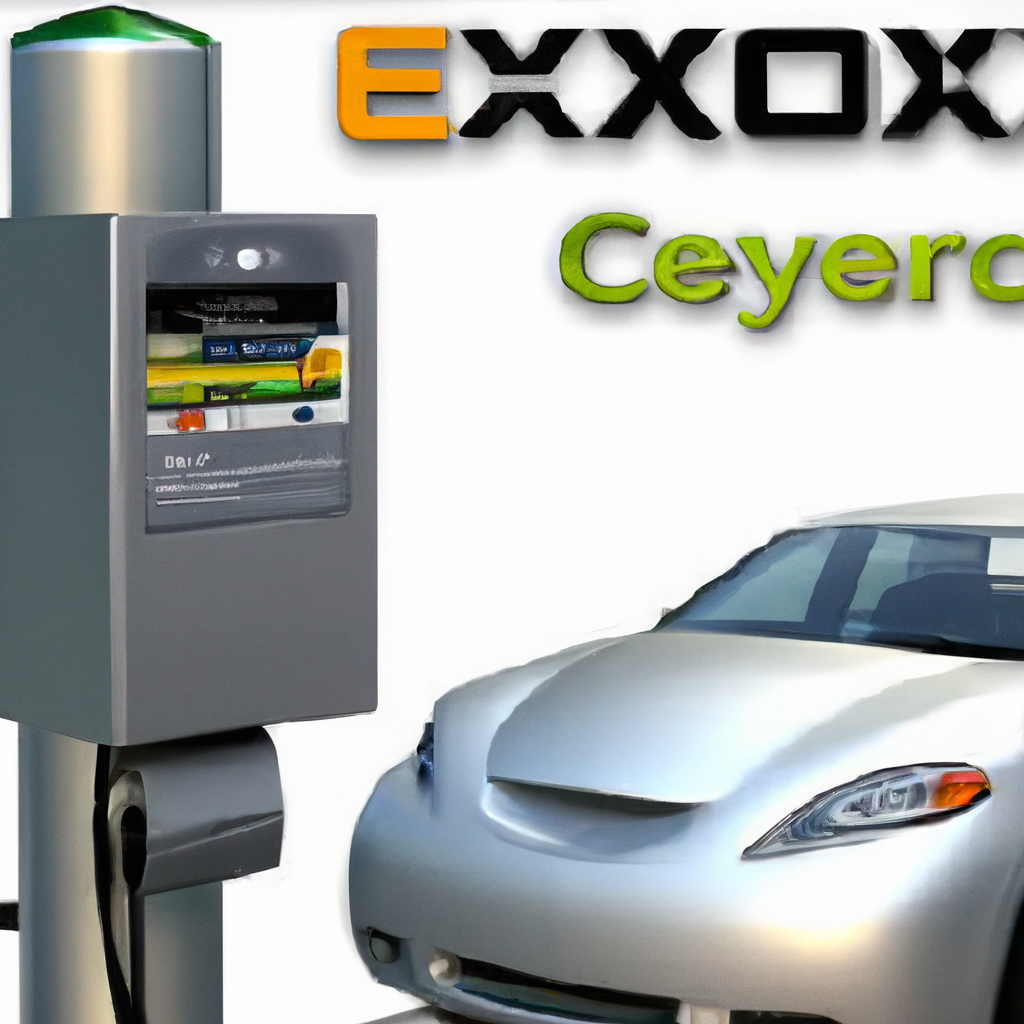
RELATED POSTS
View all

